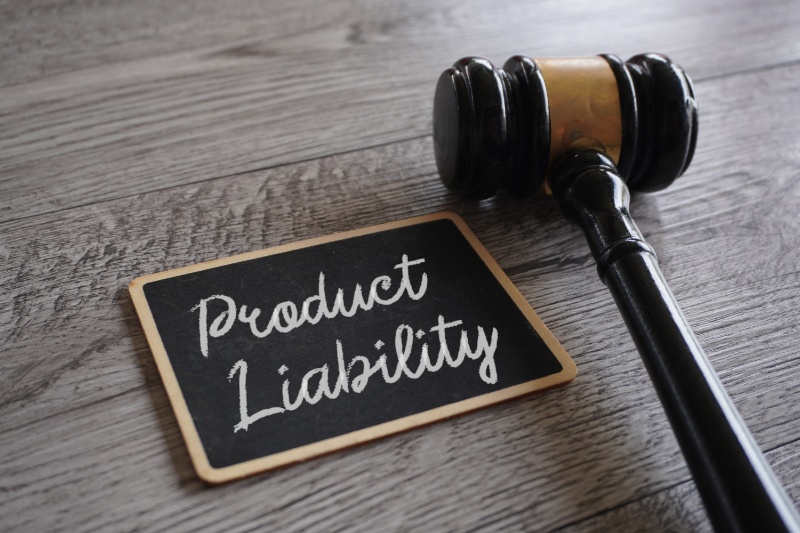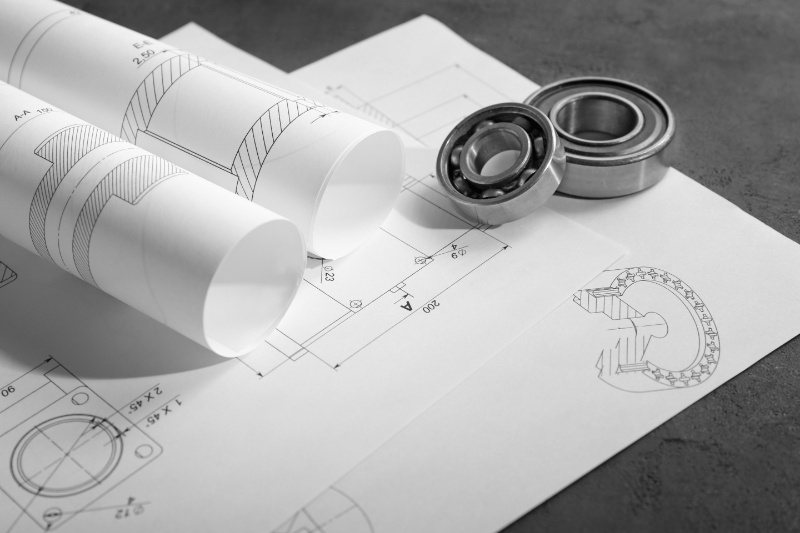
Defective products can cause significant harm, both physically and financially. When an item fails to perform safely, it may be grounds for a defective product lawsuit. Understanding when and how to pursue such a case can help you seek the compensation you deserve. In this blog, we’ll explore the fundamentals of product liability, common types of product defects, essential elements of a defective product lawsuit, the main steps to filing a claim, and examples of product liability cases.
Understanding Product Liability
Product liability refers to a manufacturer or seller being held liable for selling a defective product to a consumer. This area of law is designed to protect consumers from dangerous products and hold manufacturers accountable for such products.
Common Product Defects that Could Lead to a Liability Case
Defective product lawsuits generally arise from three main types of product defects:
Design Defects
A design defect occurs when the product is inherently unsafe due to its design. Even if manufactured correctly, the design flaw makes the product dangerous to use.
Manufacturing Defects
Manufacturing defects occur during the construction or production of the item. These defects are not intended and usually involve assembly or quality control errors.
Marketing Defects
Marketing defects involve improper labeling, insufficient instructions, or inadequate safety warnings that make the product dangerous.
Essential Elements of a Defective Product Lawsuit
In Arizona, a product liability action can be based on either of the following:
Negligence
Negligence refers to the careless or reckless actions of a product developer, manufacturer, distributor, or seller that causes harm. Arizona’s pure comparative negligence rule allows you to recover damages even if you’re partly at fault for the accident. Those damages will be reduced in proportion to your degree of fault.
Strict Liability
Under strict liability, a manufacturer can be held liable if the product is found to be defective, regardless of whether the manufacturer was negligent.
4 Main Steps to Filing a Product Liability Claim
1. Seek Medical Treatment
Your health and safety are the top priority. If you’ve been injured by a defective product, seek immediate medical attention. Remember to document all of your treatments, as medical records will be crucial evidence in your case.
2. Reach Out to a Product Liability Attorney
It is important to contact a knowledgeable product liability attorney as soon as possible who can guide you through the legal process, help assess your case, and develop a strategy to pursue your claim.
3. Gather Evidence & Witnesses
A defective product lawyer can help you collect all evidence related to the defective product, including purchase receipts, product packaging, instructions, and any communication with the manufacturer. They can also help obtain statements from witnesses who can corroborate your experience.
4. File Your Claim within the Statute of Limitations
Product liability claims are subject to a statute of limitations, which is a limited time frame in which you can file your lawsuit. In Arizona, the statute of limitations for product liability cases is limited to twelve years after the product was first sold for use or consumption unless the cause of action is based upon the negligence of the manufacturer or seller or a breach of an express warranty provided by the manufacturer or seller.
Schedule a Free Consultation on Your Defective Product Lawsuit
If you or a loved one has been harmed by a defective product, it’s important to act swiftly. Schedule a free consultation with Antol & Hance to discuss your case with our experienced product liability lawyers in Flagstaff.





